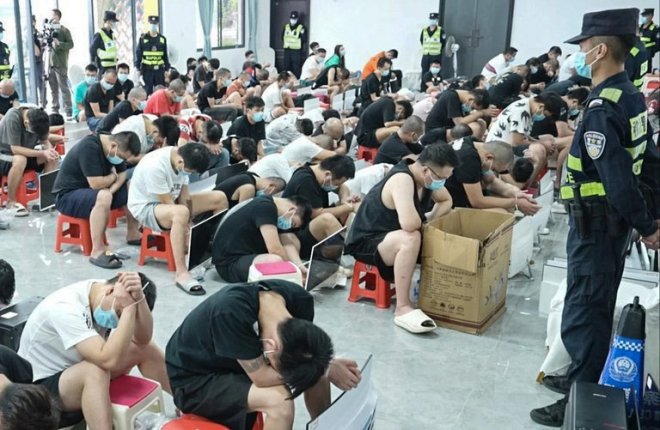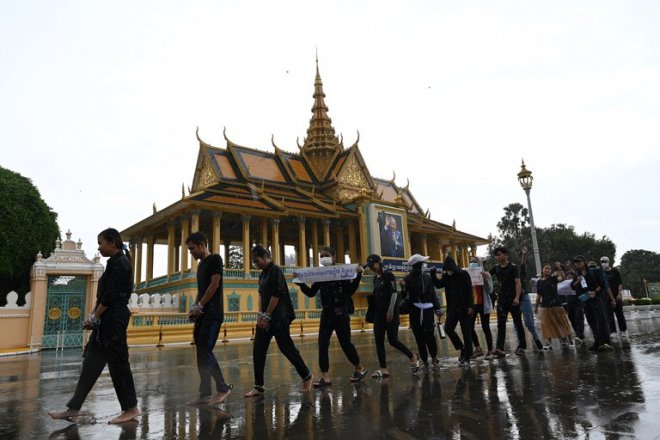Laos struggling to combat rising costs
Inflation in the small, land-locked nation of Laos has been spiraling for the last few months, shooting up by nearly 40% at the end of 2022 as a new prime minister tries to calm concerns about rising costs.The country’s National Statistics Bureau reported year-to-year inflation of nearly 39.3% in December 2022, up from 38.5% the month before, making it the highest among the Association for Southeast Asian Nations members.
In response, Lao authorities ordered the closing of all money exchange outlets and are now allowing only banks to exchange foreign currencies. The government is also banning the importation of several domestically produced goods, including some vegetables, eggs, pork, beef and fish.
Trade officials told RFA that authorities were forced to take harsh economic measures because Laos has been suffering a massive trade deficit, hitting a whopping $926 million in 2022.
“We are planning to reduce the import of goods and to promote domestic production,” a trade official from Savannakhet province told RFA’s Lao Service on the condition of anonymity. “We already have a lot of goods produced here in the country, but the problem is that our consumers prefer imported goods to domestic ones.”
Rising inflation presents a test for new prime minister Sonexay Siphandone, who began his new term this year promising to “raise the spirit of the revolution to the highest level.” Top economic officials are hoping for a recovery in tourism and a loosening of travel restrictions, particularly from China.
Authorities have banned imports of cabbage, garlic, lettuce, broccoli, onion, chilly, celery, eggs, pork, duck, beef, tilapia, and all other freshwater fish. Laos’s cabinet agreed on the import ban during a Dec. 24 meeting, the Lao Pattana newspaper reported.
Meanwhile, Laos’s central bank issued a notice on Jan. 13 revoking all permits for money exchangers in the country.
Impact on citizens
Many lower-income earners in Laos’s capital Vientiane and across the country have grown even poorer and have less to spend on food, healthcare and education.
More young Laotians are moving to Thailand to find work, with the Migrant Working Group, a Thai-based NGO, estimating that more than 50,000 people moved from Laos to Thailand for work in the last year, with about 250,000 Laotians working in the country legally.
Nearly half a million Laotians are estimated to be working in Thailand without permits. Several workers RFA spoke with said that they moved because they couldn’t find work in Laos.
“The [import] ban will be affecting our livelihoods, but we have to have some domestic production,” one Lao economist told RFA. “If our prices are lower than imported goods, then our people will consume our products.”
Similarly, an employee of an import-export company based in Vientiane told RFA that the company has been “suffering from low sales because products are getting more and more expensive, too expensive for many Laotians.”
While the import ban is going into effect, it is unclear if domestic production of the banned goods will be enough to supply Laos’s market.
Translated by Max Avary. Edited by Nawar Nemeh and Jim Snyder.
[圖擷取自網路,如有疑問請私訊]
|
本篇 |
不想錯過? 請追蹤FB專頁! |
| 喜歡這篇嗎?快分享吧! |
相關文章
AsianNewsCast























